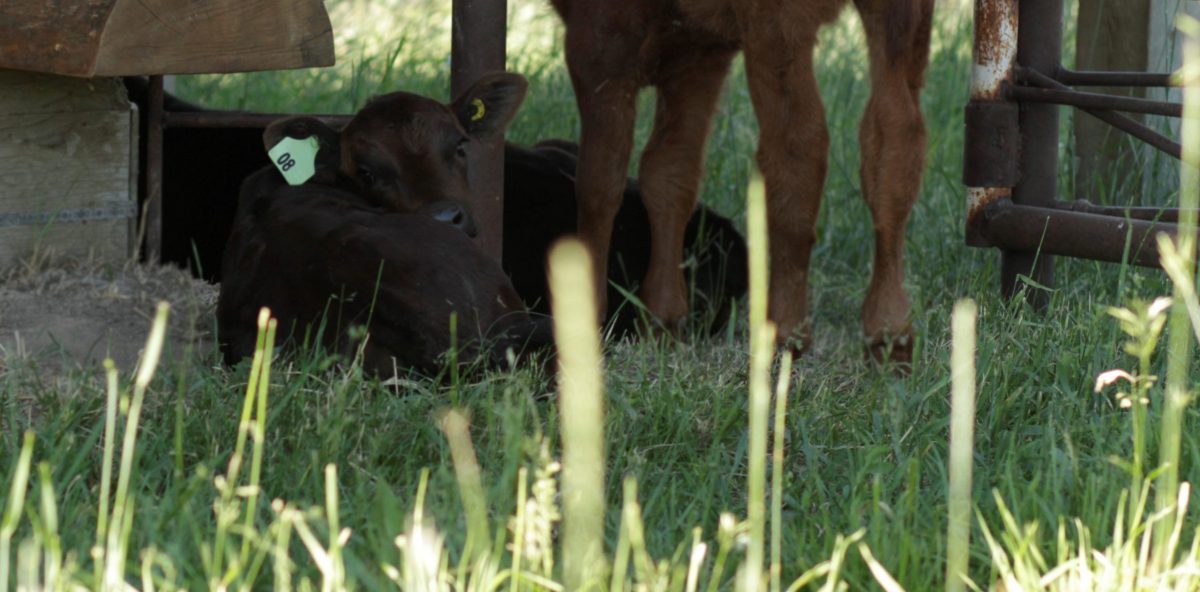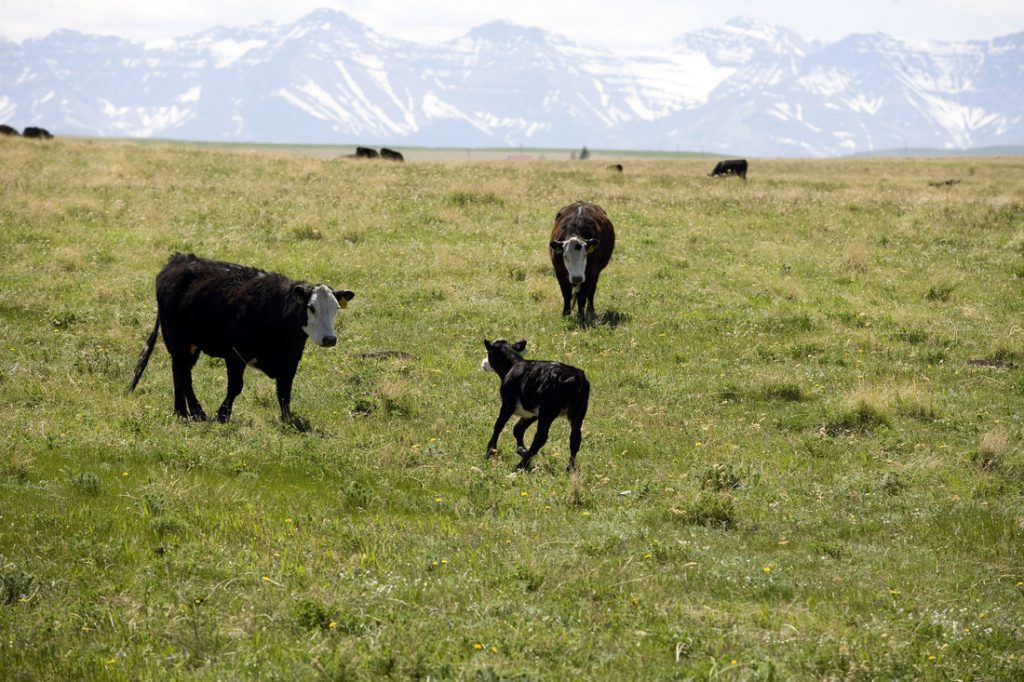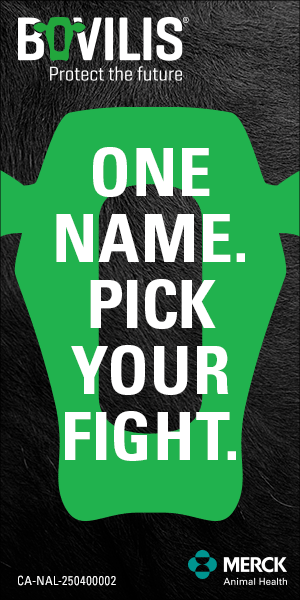AB Direct - Steers
Rail: 495.75-501.50 FOB feedlot (last week)
AB Direct - Heifers
Rail: 495.75-501.50 FOB feedlot (last week)
US Trade- Steers
Rail: 365.00-368.00 (NE, IA) last week
US Trade - Heifers
Rail: 365.00-368.00 (NE, IA) last week
Canadian Dollar
0.27

Preventing and treating heat stress in beef cattle
From semen quality to conception rates, prolonged heat stress can take an incredible toll on cattle, and acute heat stress can even be life-threatening.
“These several days in a row is really what adds to the heat stress,” says Dr. Roy Lewis, semi-retired veterinarian and regular contributor to various ag publications. “Long-term affects can add into things like production — so they’re not growing and doing as well — and also reproduction is the other thing we worry about this time of year. This can really affect fertility.”
Lewis says to watch for animals who are showing signs of respiratory distress, such an open mouth, extended neck, heavy breathing, and salivation. And if you see one like this, ensure you’re diligently checking the herd.
“If there’s one on the edge of hyperventilating, there’s probably several others that are close.”

Colour makes a difference
Like asphalt, black-hided cattle can heat up quickly, and are thus more susceptible to heat stress than their lighter-hided counterparts.
“I was privy to a very descriptive video showing heat stress in a pen of mainly black-hided cattle,” wrote Lewis in a 2017 article for Alberta Farmer Express. “While the majority of the cattle were in the shade of a porosity fence and breathing heavily, the red and white cattle were up at the feed bunk eating. Of the few cattle I have treated for heat stress over the years, all have been black hided.”
Prevention is key
While we are a few days into the heat wave already, it may not be too late to prevent prolonged heat stress conditions, or conditions further exasperated by high nighttime temperatures.
- Provide ample shade, whether through treed cover, porosity fences, open sheds, or awnings.
- Ensure animals have continual access to quality water.
- Avoid moving or working animals in high heat situations.
- Consider offering mist areas.
- If you’re worried, move animals slowly, and/or during cooler morning or evening temperatures.
And most importantly, check water sources regularly (even twice a day), and monitor animals for signs and symptoms of heat stress.
“One day could be just disastrous in this kind of heat.”
For more tips on managing animals in high heat, read the Beef Cattle Research Council’s The Heat Is On.
Dust:
Natural Resources Conservation Board fact sheet on Dust Control
Government of Alberta’s Managing Feedlot Pen Dust

